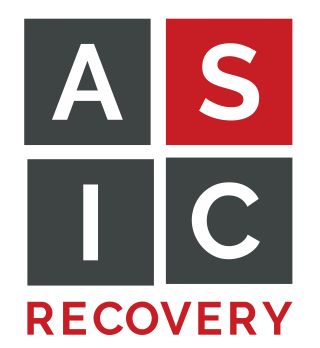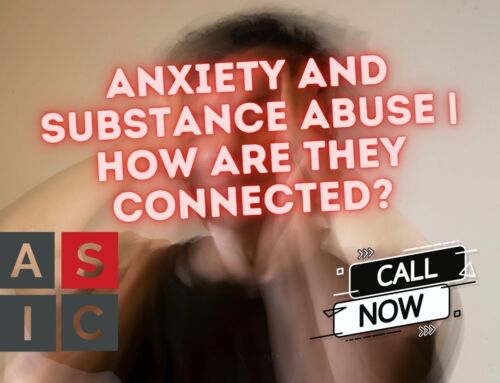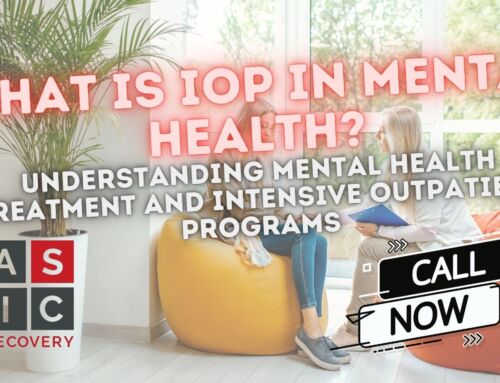When it comes to your mental health, knowing about all the helpful resources available to you is vital. When most people think of getting “treatment” for mental health issues, they usually think of residential treatment and intensive outpatient programs (IOP).
However, one less familiar form of treatment for mental health is a partial hospitalization program (PHP). As far as the level of intensive care that PHP offers is concerned, it falls in between residential treatment and IOP.
Knowing which level of care/treatment you should start with depends on many different factors, and you should consult an experienced mental health professional to make a decision. A PHP can help you integrate back into life after a mental health crisis.
Since PHP can be seen as a “step” in your mental health treatment journey, here’s an example of what steps may be in your mental health treatment plan and what order they might be in.
- Residential treatment (anywhere from 10 to 90 days)
- PHP
- IOP
- Continuing Care (usually 1 meeting once a week)
What Is PHP and Why Might You Need It?
The most common candidate for PHP is a person who has just completed some form of residential treatment. If you go to residential treatment as the result of a mental health crisis, you will typically stay there until your psychiatric medications are adjusted and working better.
However, the same life stressors that you left when you went into residential are still out there. Coming straight out of residential treatment and going directly back into the real world can be very dangerous. You may begin to feel depressed, anxious, and alone.
Trying to cope with these feelings on your own can lead you back to destructive behaviors that may have landed you in a mental health crisis in the first place.
When you come up with a discharge plan with a mental health professional while in residential treatment, which level of care to step down to will be discussed. Some people may go from residential straight to IOP, while others will go to PHP as their next step.
Often times patients will say that after residential treatment they don’t have enough time for PHP or IOP. However, patients are way more likely to integrate back into regular day-to-day living with more success when they attend PHP and IOP.
By going to PHP, you get intensive care almost at the same level as residential treatment. Typically you will attend PHP for 4-8 hours, 5 days a week. The main difference is that with PHP, you’ll be allowed to return home every night and come back the next day.
Here is what PHP sessions usually consist of:
- Group therapy and check-ins
- Individual counseling
- Educational/Nursing Lecture
- Psychiatrist meeting
- Recreation
PHP is very structured. For many, it’s the structure they truly need to succeed.
The Benefits of PHP for Mental Health
There are numerous benefits to attending a PHP for mental health. Here are just a few of them.
Treatment Plan
Your personalized treatment plan is a detailed assessment of:
- Your life, personality, employment
- Character weaknesses
- Character strengths
- Short-term goals
- Long-term goals
A treatment plan is something that you develop over time that can impact you for the rest of your life. By sitting down with a mental health professional, you’ll be able to come up with a game plan on how to succeed.
Having structure is extremely important for anyone that has just come out of a mental health crisis. As a part of your treatment plan, you can put together a daily schedule together that may consist of:
- A set time to wake up
- A set bedtime
- Set meal times
- Weekly gym visits
- Attending support groups/meetings
Peer Support
When you’re in PHP, you’ll be surrounded by others that are trying to improve their mental health. Untreated mental health conditions can lead to isolation and loneliness. Learning how to interact with people again, can be very overwhelming and even scary. PHP gives you a chance to practice your social skills in a safe space.
Assignments are usually given in PHP and are discussed during group therapy. Other people in PHP may have very similar struggles to you, so you’ll be able to relate to them and get some good insight.
Other PHP participants may know where good outside resources are for issues like co-occurring disorders. For instance, if you are in PHP for mental health but you have trouble drinking alcohol, another PHP participant may be able to direct you to an Alcoholics Anonymous meeting they like.
Medication Management
Since inpatient stays for mental health can be relatively short, it can be hard to gauge how well your medications are working for you in the small window of time. When you attend a PHP for mental health, you will have constant access to a psychiatrist who can make changes in your medications quickly if needed.
The doctor will be able to document your progress with medications or adjust doses on medications you’ve already been taking for a while. It also may be the case that while you’re in PHP, your medication actually makes your mental health condition worse. In PHP you’d be highly supervised and could easily be transferred back to residential treatment if that’s what was necessary.
The Takeaway
How a person should be treated for their mental health conditions can be different from person to person. What might work for one person, may not work at all for another. Knowledge is power.
If you feel like you need help with your mental health, the best thing to do is to talk to an experienced mental health professional. Be honest with them and ask them specifically what they think you should do and what level of treatment, including PHP for mental health, you may need.
IOP at ASIC Recovery
Looking for substance abuse treatment in Texas? At ASIC Recovery, our Intensive Outpatient Program (IOP) is dedicated to helping individuals develop healthier coping skills and build a supportive recovery network. Click to learn more.



